Where Nature, History, and Wildlife Collide: The Allure of Big Lake National Wildlife Refuge
Have you ever wondered what it feels like to step into a landscape shaped by ancient earthquakes, teeming with the vibrant calls of hundreds of bird species and the quiet rustle of wildlife in untouched forests? For more than a century, places like Big Lake National Wildlife Refuge have offered a rare window into a natural world that feels both timeless and alive, drawing visitors, nature lovers, and conservationists from across the country. In a world where wild spaces are rapidly disappearing, the significance of these refuges has never felt more urgent—or more worthy of exploration.
Big Lake National Wildlife Refuge stands as a testament to the resilience of nature, the wisdom of conservation, and the enduring value of protected places. Established over a hundred years ago, it is a living archive of natural history and a sanctuary for both native and migratory wildlife. For anyone intrigued by history, conservation, or the thrill of discovery, understanding the unique landscape and ecology of Big Lake National Wildlife Refuge is not just enlightening—it’s essential. Whether your interests lie in birdwatching, angling, or simply basking in the serenity of towering forests and mirrored waters, there is something both timeless and timely about exploring why refuges like Big Lake matter now more than ever.
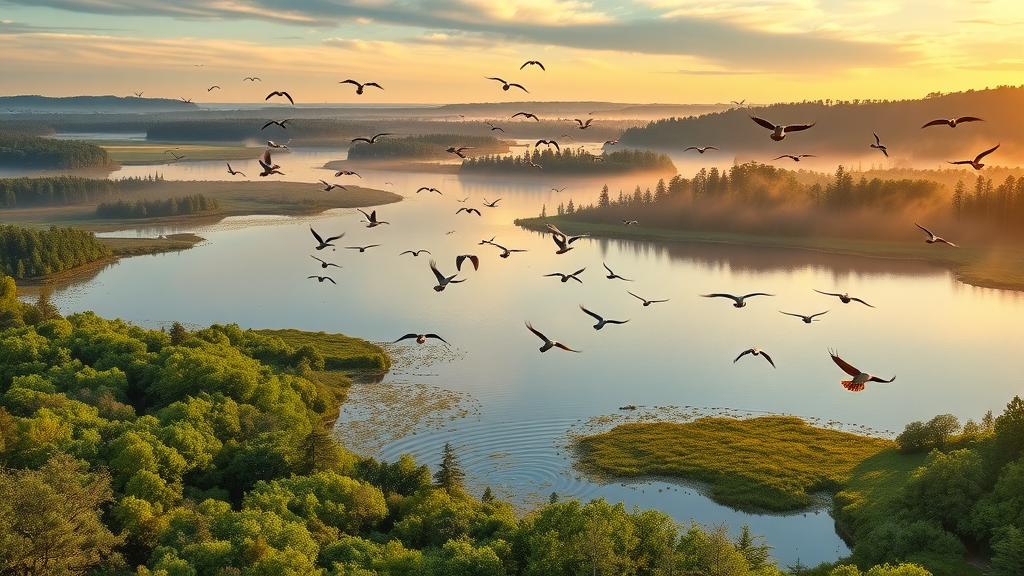
Big Lake’s Evolution: From Earthquake Transformations to Wildlife Oasis
Few landscapes in America bear the mark of seismic change as profoundly as Big Lake National Wildlife Refuge. Originally a free-flowing river system, its dramatic transformation followed the New Madrid earthquakes of 1811-1812, an event that shaped the very contours of eastern Arkansas. Today, beneath its lush, forested canopy and among its winding waters, visitors can trace the aftershocks not just in the land, but in the rich diversity of life that has found sanctuary here. The very existence of Big Lake—its marshes, swamps, and bottomland forests—tells a story of nature’s adaptability, of how landscapes can heal and reinvent themselves after upheaval.
Established as a wildlife refuge in 1915 by executive order, Big Lake was designed to be an inviolate sanctuary, a reserve, and a breeding ground for native and migratory birds. It quickly became integral to the health of regional ecosystems and has earned recognition as a globally Important Bird Area by the American Bird Conservancy. This status isn’t just a title; it points to the refuge’s role in sustaining migratory patterns and biodiversity that stretch far beyond Arkansas itself. Without careful stewardship and public support, the balance and abundance witnessed each year—especially during the dramatic winter arrival of hundreds of thousands of waterfowl—could easily be lost. In a time where understanding natural ecosystems is more vital than ever, learning about places like Big Lake National Wildlife Refuge can awaken a sense of responsibility and promise for future generations.
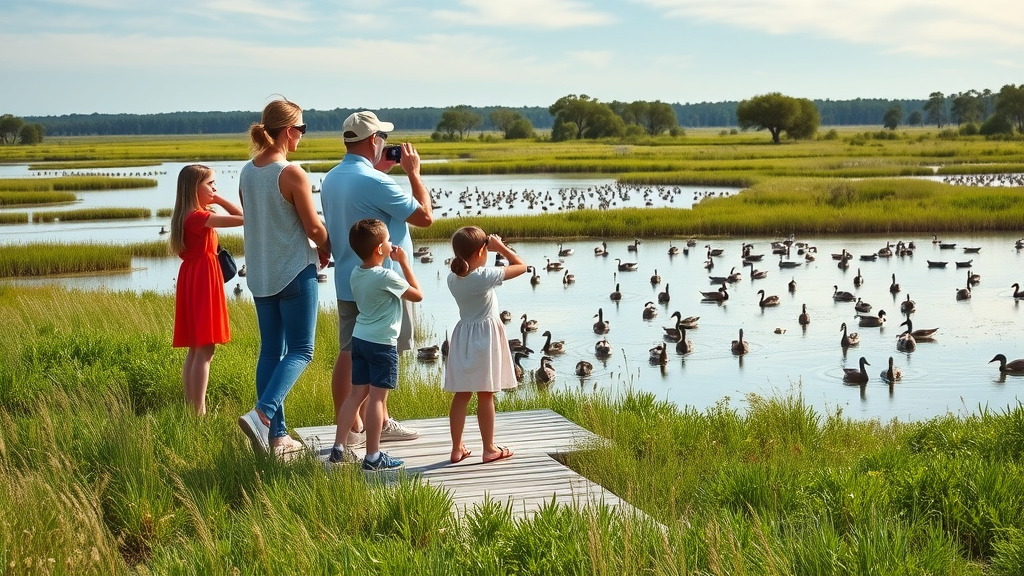
How Big Lake National Wildlife Refuge Enriches Wildlife, Community, and Experience
Big Lake National Wildlife Refuge has emerged as a keystone for bird watchers, hunters, anglers, and families yearning for authentic outdoor experiences—all while quietly supporting vital ecosystems. Initiatives like the youth fishing derby, tailored specifically for young anglers, illustrate the refuge’s commitment to fostering early connections to nature. Children not only learn the patience and thrill of fishing, but develop an appreciation for sustainable outdoor recreation, forming memories that can last a lifetime and cultivating future stewards of the land.
The refuge is a haven for biodiversity, regularly wintering over 200,000 waterfowl and hosting more than 225 bird species. For wildlife enthusiasts, it’s an open invitation to observe wood ducks, wild turkeys, white-tailed deer, and even more elusive residents such as bobcats or river otters. As seasons shift, the landscape transforms: lush forests and vibrant wetlands provide shelter and food, shaping a tapestry where flora and fauna constantly interact. By providing protected habitat, Big Lake National Wildlife Refuge enhances not only the well-being of wildlife, but also the quality of human experiences—be it quiet birdwatching at dawn, family outings, or contemplative nature walks undisturbed by the buzz of city life.
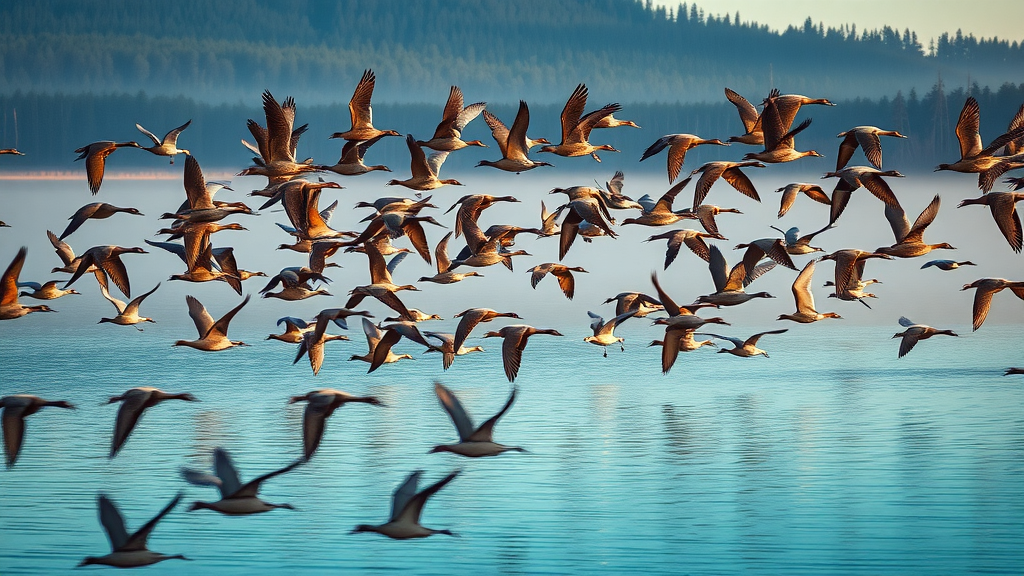
Why Birdwatchers and Nature Lovers Cherish Big Lake’s Vital Habitat
Designated as a globally Important Bird Area, Big Lake National Wildlife Refuge stands out as a critical stopover for migratory birds and a year-round haven for resident species. With such a rich mosaic of swamps and bottomland forests, the refuge ensures that feeding grounds and nesting sites remain undisturbed—benefitting both celebrated and seldom-seen species alike. The remarkable annual gatherings of migrating ducks and geese are more than just a spectacle. They offer hope for threatened bird populations and provide a living laboratory for scientists, photographers, and casual observers seeking rare encounters.
The presence of abundant mammals—from playful otters to shy white-tailed deer—adds another layer of vibrancy to the refuge. For nature lovers, these encounters deepen appreciation for complex ecosystems where every organism, from winged migrant to secretive swamp-dweller, plays a vital role. The experience extends beyond recreation; it helps visitors connect with cycles of life, death, and renewal that define the region and build empathy for conservation work. In short, Big Lake offers more than just sightings: it grants perspective on the importance of preserving wild, interdependent communities.
Connecting the Next Generation: Youth Engagement and Family-Friendly Activities
The upcoming Youth Fishing Derby at Big Lake National Wildlife Refuge highlights more than just a weekend pastime—it’s a microcosm of education, recreation, and family togetherness. Events specifically designed for anglers aged 15 and younger welcome children into a supportive environment where success is measured by enthusiasm and learning as much as by the biggest catch. Prizes for both the largest and the most fish foster fun while gently encouraging stewardship and ethical fishing practices.
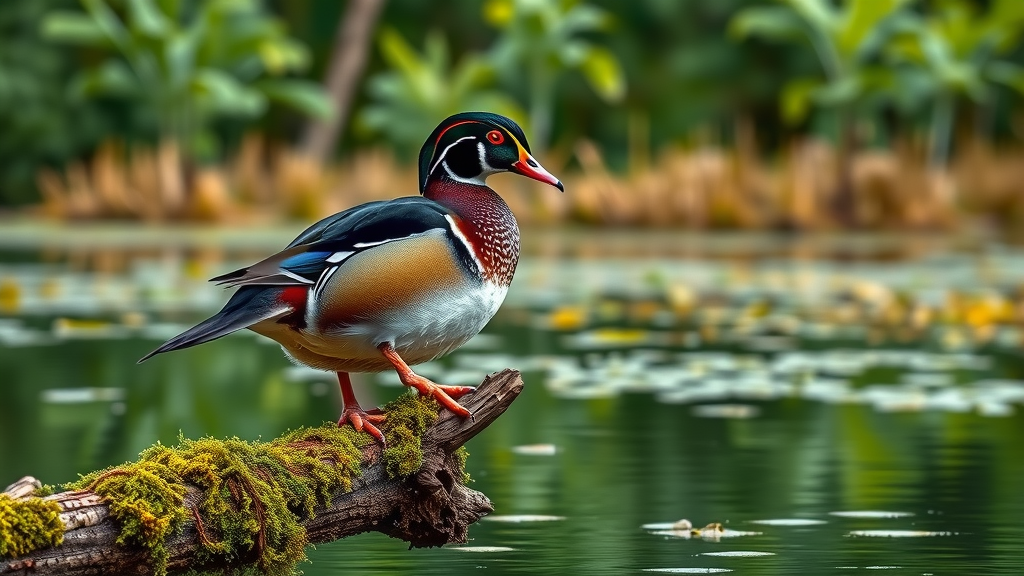
By inviting youth and families to immerse themselves in natural settings, the refuge makes nature accessible, friendly, and engaging. Such experiences not only bring families closer; they also plant the seeds for lifelong appreciation of wildlife and environmental science. These early outings can spark curiosity, teach conservation principles, and even inspire future careers in wildlife management or eco-tourism—showing that public lands like Big Lake serve important roles beyond their borders through hands-on learning.
The Evolution of a Landscape: How Earthquakes and Conservation Defined Big Lake
Few refuges are so intimately connected with their origin stories as Big Lake National Wildlife Refuge. The landscape itself, shaped by the unfathomable power of the New Madrid earthquakes, stands as a living monument to resilience and renewal. As the mighty river transformed into labyrinthine swamps and lakes, new corridors for wildlife migration and shelter naturally emerged. Over the years, conservation efforts have ensured these new habitats are not further eroded by development or neglect, preserving an ecosystem as unique as its history.
Conservation practices at Big Lake have evolved alongside scientific understanding and community values. Sustainable hunting, regulated fishing, and interpretive programs reflect a commitment to both preservation and enjoyment, inviting the public to help shape the future of the refuge. The ongoing story of Big Lake is one of adaptation—by wildlife, by weather, and by the people who steward these lands for all. In doing so, it stands as both a lesson in the power of natural forces and a model for the ongoing partnership between people and wild places.
The Values and Vision Guiding Big Lake National Wildlife Refuge
Big Lake National Wildlife Refuge operates from a clear and steadfast mission: to serve as an inviolate sanctuary for wildlife, a breeding ground for both native and migratory species, and a canvas for ongoing public education. Its philosophy is rooted in the belief that natural landscapes are not just relics to be shielded from time, but living systems that flourish when cared for, respected, and experienced by people of all ages and backgrounds. The refuge embodies a philosophy where accessible recreation and powerful conservation are not at odds but rather reinforce each other, cultivating an ethic of stewardship among visitors.
At the core of its unique approach is a dedication to protecting rich bottomland forests and wetlands—habitats vital to hundreds of species, from waterfowl to armadillos. Rather than restricting use, Big Lake emphasizes responsible recreation, educational outreach, and community involvement. By inviting participation—be it through fishing derbies, duck stamp art contests, or wildlife observation—the refuge positions itself as a leader in fostering real-world connections between people and nature. In doing so, it ensures that the next generation doesn’t just inherit a landscape, but a legacy of care and discovery.
What Real People Say About Outdoor Adventures at Big Lake
First-time visitors and regulars alike often find that the real magic of Big Lake National Wildlife Refuge comes through lived experience—moments where expectations are exceeded and enjoyment is found in simple pursuits. One particularly memorable reflection from a recent visitor captures the essence of what draws people back: the remarkable fishing opportunities available throughout the refuge. The following words, shared by an angler after a day on the water, highlight both the satisfaction and sense of fulfillment unique to Big Lake:
Good fishing
These succinct but meaningful words point to the elemental pleasures available at Big Lake and the sense of accomplishment that comes from connecting with wild places. Many who take the time to visit, fish, or simply observe wildlife discover rewards far richer than anticipated—reminding all that true adventure is both accessible and enduring within the refuge’s borders.
Why Big Lake National Wildlife Refuge Remains a Sanctuary for All Seasons
As environmental urgency grows across the globe, Big Lake National Wildlife Refuge stands out as more than just another protected area; it is a living illustration of how history, ecology, and public engagement can create a lasting sanctuary for wildlife and people alike. Through its evolving ecosystems, vibrant bird populations, and educational opportunities, the refuge both preserves and refreshes our sense of wonder. The expertise and dedication guiding Big Lake have helped secure its place as an essential part of Arkansas’s ecological heritage and an inspiration for conservation efforts everywhere.
Visiting, learning about, or supporting Big Lake National Wildlife Refuge is about more than a day trip—it’s a chance to participate in an ongoing story of resilience and renewal. As a model for accessible outdoor recreation wedded to deep conservation values, Big Lake National Wildlife Refuge invites everyone to discover why wild spaces matter, now and for generations yet to come.
Contact the Experts at Big Lake National Wildlife Refuge
If you’d like to learn more about how Big Lake National Wildlife Refuge could benefit your outdoor adventures and understanding of local wildlife, contact the team at Big Lake National Wildlife Refuge.
📍 Address: 2274 AR-18, Manila, AR 72442, USA
📞 Phone: +1 870-564-2429
🌐 Website: http://www.fws.gov/biglake/
Big Lake National Wildlife Refuge Location and Hours
🕒 Hours of Operation: Please contact Big Lake National Wildlife Refuge directly at +1 870-564-2429 for current hours.
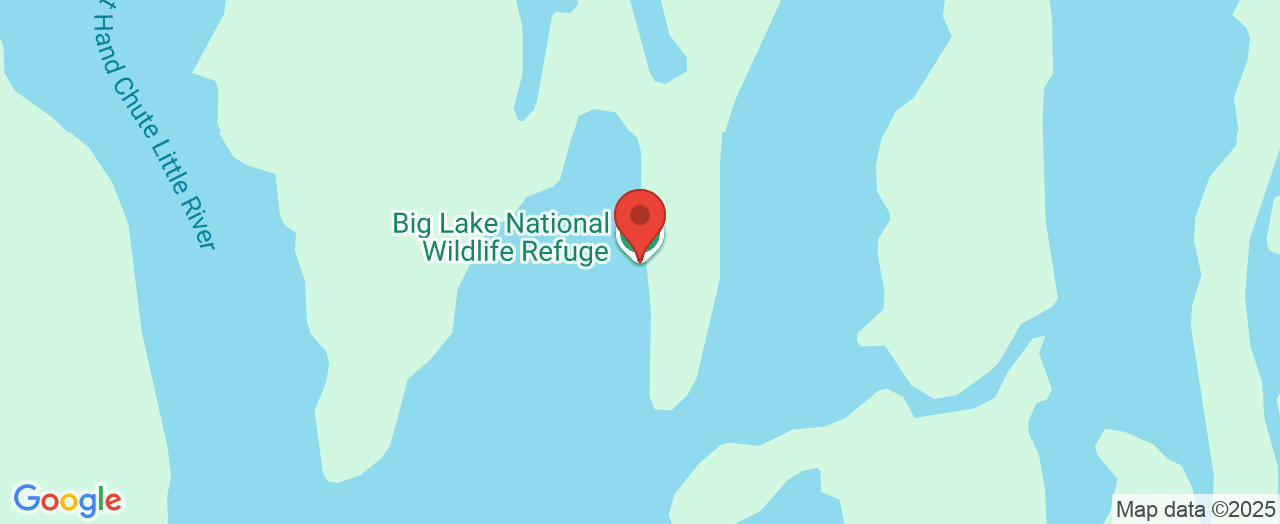
 Add Row
Add Row  Add
Add 





Write A Comment